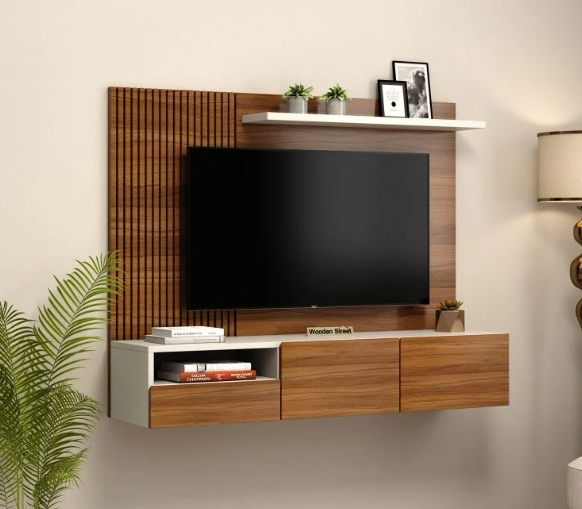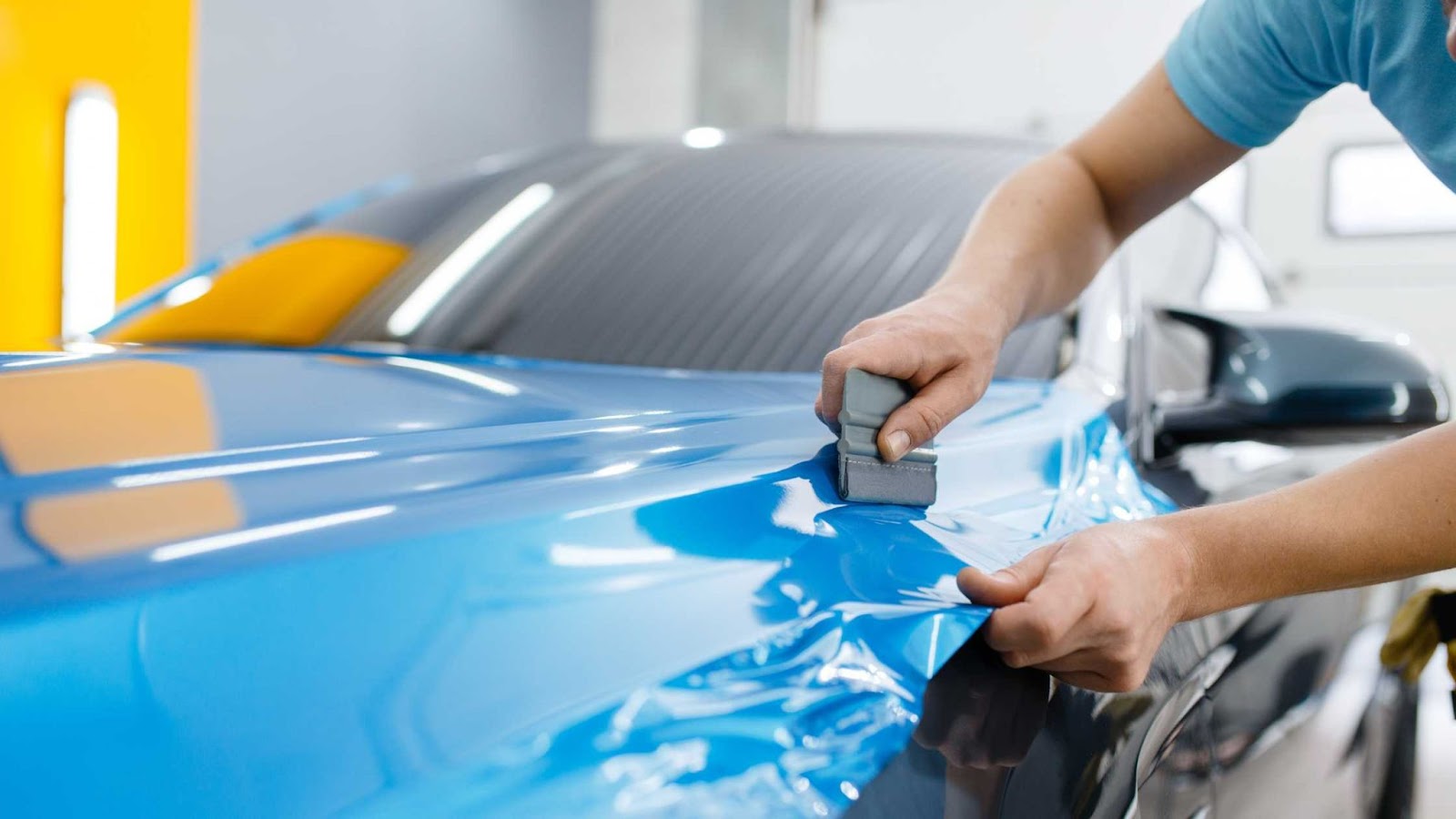
Introduction
Footwear has not only become a practical need, but it has developed into more. Beyond the beautiful shapes and versioning materials is too often an underappreciated hero – THE THREAD. This essential material does not just connect components and keep them together. It also defines shape, surface, pliancy, and strength; and validates the creative visions of footwear designers, land art, and engineering.
Outside of the footwear design world in the collaborative setting, threads are the initial means of transforming the design world’s designs into sound, practical, and aesthetically pleasing shoes. From Haute sneakers to performance cleats and custom leather boots, the modern thread is made to facilitate a designer’s intentions, for example, sustainability, futuristic looks, and performance tools.
This article examines how unique threads empower footwear designers, technologies involved and how interdisciplinary relationships between thread manufacturers and designers are forging new creative terrain.
The Unsung Hero in Footwear Design
Thread is to shoes, in the same manner as ink is to illustration, the pathway to manifesting ideas into reality. In footwear, threads finish the construct of the shoe and contribute to both the visual language and functionality of a shoe.
Footwear is made up of elements – uppers, linings, midsoles, outsoles, overlays and tongues- and threads not only connect the elements and hold them together, but also accentuate the shoe. In this sense, the thread provides them purpose:
- Seam strength and durability
- Visual detail and craftsmanship
- Stretch and fit
- Weather and temperature resistance
- Sustainability or recyclability
- Brand narrative or signature style
Designers don’t just select the thread based on color. They now must think about tensile strength, texture, fibre content, sustainability credentials, and the behaviour of the thread with movement or heat application.
The Rise of the Collaboration Between The Designer Manufacturer
Prior to threads being a standardized element in the past, it was selected late in the manufacturing process. However, as in contemporary design-led production, threads are chosen at the beginning and with great consideration as part of the ongoing design ideation. Partnership between thread developers as well as designers has become a necessity.
Co-Creation: From Function to Form
Well-known brands such as Nike, Adidas, and Balenciaga find themselves co-designing threads with manufacturers to address niche needs, be it glowing-in-the-dark stitches for limited edition, or even abrasion-resistant threads for skate shoes. Such collaborations combine aesthetic imagination with functional engineering.
Thread suppliers now liaise directly with footwear design teams by means of:
- Early-stage ideation workshops
- Material lab visits and co-test sessions
- Prototyping help provided by experimental thread samples.
- Custom dyeing, after-treatment, and twist customization
As a result of this synergy, there are threads that provide solutions to the design problems and promote creativity.
Types of Threads Used in Footwear—and Why They Matter
- Nylon and Polyester Threads
The industry standard continues to be high-tenacity nylon and polyester threads, which are very adaptable, strong, and color stable. Polyester is resistant to UV degradation and is therefore suitable for outdoor shoes, whereas nylon has better flexibility and elasticity.
Nylon threads are, quite often, selected for use in designer collaborations because of the following:
- High-speed stitching compatibility
- Stretchability in dynamic footwear
- Bright, consistent dyeing across batches
2. Aramid Threads (e.g., Kevlar®)
In extreme sports and tactical shoes, aramid threads are able to withstand heat, friction, and chemicals. Designers who are involved in designing skateboarding, hiking, or military shoes usually implement these threads in structural seams and toe caps.
3. Metallic Threads
Copper/steel/silver-infused threads are applied in futuristic shoes and are used in:
- Aesthetic quality (metallic sheen, reflective accent)
- Operational conductivity (smart footwear, light-up shoes)
Fashion-tech designers are using metallic threads in an attempt to create wearable electronics that are sewn into soles or uppers.
4. Monofilament and Textured Threads
Monofilaments provide a sleek and clear look that is applied to minimalist or futuristic footwear. Textured threads, on the other hand, give a soft fluffy touch – a hand fit for accent stitching in handmade or luxury sneakers.
Threads as a Design Element
The thread used to be hidden. Now, it’s often celebrated.
1. Decorative Stitching
The footwear brands are not leaving top-stitching and zig-zag motifs, contrasting threads, and even embroidered graphics as a part of the shoe’s design identity. Threads come in hundreds of colours and finishes from matte to gloss, neon to pastel.
Designers use thread as a brushstroke to create logos’ outlines, heel curves’ tracing, or oddities to toe caps. Custom dyed threads also complement or contrast with laces, logos or midsoles to give visual aesthetics or deliberate violation.
2. Branding Through Thread
Collaborative designer capsules often include custom-branded threads, such as threads with subtle logo embossing, color gradients, or even embedded QR codes (made possible through smart thread technology).
Performance-Focused Collaborations
1. Athletic Footwear
Every gram is important in sports shoes. Threads required in racing spikes, basketball shoes, and soccer cleats should be light in weight, flexible, and strong. Designers of such brands as Puma and ASICS cooperate closely with the thread makers to make sure:
- Seams are not torn in torque or impact.
- Threads will straighten at the places where the foot bends and gather at the places where the foot should be stable.
- Fastness to sweat and UV-rays
The thread types are not only selected depending on locations but also according to the performance zone. A toe-seam may need a collar stitch may require soft poly spun.
2. Smart Shoes
Individuals designing smart footwear that keeps track of steps, pressure, or heat need conductive threads that won’t break after constant movement. This necessitates a co-development with engineers to put it through millions of flex cycles to test it for durability.
3. Footwear for Harsh Environments
Footwear for mountaineering or military purposes usually includes PTFE-coated thread or bonded nylon thread for withstanding moisture, heat, and debris. The designers work together with thread experts to choose fibers that would not deteriorate even in conditions as cold as -40°C or 60°C.
Sustainability and Circular Design
The global fashion industry is under pressure to cut down on waste – and thread manufacturers are coming good.
1. Recycled and Bio-Based Threads
Now, Eco-friendly designers insist on using such threads of recycled polyester sewing thread (rPET) or bio nylon, for example, castor-oil-based ones. Top thread suppliers today have collections that pass GRS and OEKO-TEX® certifications.
On their part, brands such as Allbirds and Veja rely on sustainable threads to go with their ethical materials selection process to ensure that their entire supply chain keeps in track with low-carbon and zero-waste aspirations.
2. Threads for Disassembly
In circular design, shoes should be able to be easily disassembled for repairs, re-use or recycling. Thread manufacturers are developing:
- Heat-sensitive threads that dissolve under a predetermined condition
- Water-soluble threads for dissolvable prototypes
- Coloured threads to denote stages of construction.
Designers are now able to draw shoes that tell a material lifecycle story-even down to the stitching.
Artisanal, Couture, and Limited Edition Collaborations
Whereas high-volume footwear pays attention to efficiency, the luxury and boutique categories are adopting handicraft detail, exposed seams, and extemporized use of thread.
1. Bespoke Threads
Artisanal designers have often regularly ordered in small quantities of thread that is hand dyed from niche craftspeople. They may request:
- Earthy tones and patina effect with natural dyes.
- Thick, hand-sewn threads that were waxed.
- Threads of the couture sneaker partnerships
These threads are keys in the narrative, evoking the designer’s approach to heritage, imperfection, or innovation.
2. Limited Editions and Drops
For hype releases, the custom threads may include:
- UV-reactive or glow-in-the-dark properties
- Gradient fades and ombré effects
- Thermochromic threads that change color when their temperature increases
Adidas and Reebok are some of the brands that can use threads as ingredients for stories, like having visible “scar” stitches to depict resilience.
Manufacturing and Prototyping Support
Collaborations do not stop at the concept level. Leading thread manufacturers provide:
- Rapid prototyping services
- Digital stitch simulations
- Material compatibility reports
- Tensile and abrasion testing
- Colour swatching and custom lot dyeing
These services enable the designers to learn how a thread would perform in the end shoes – colorfastness to seam puckering, and machine performance.
Some go as far as giving their 3D render previews of stitched design,s which allow designers to see how threads will lay on curved panels or quilted surfaces.
Educating Designers on Thread Innovation
Some of the thread brands now conduct workshops and webinars for the footwear designers in order to fill the knowledge gap. These sessions cover:
- Making a thread selection for aesthetics vs performance.
- Stitch engineering for longevity.
- Responsible sourcing and thread sustainability.
- The procedure for creating co-design signature threads for branding purposes.
With this education, more designers are understanding that the thread is not only a limitation of material but also an opportunity for design.
The Future of Threads in Footwear Design
Considering the future, we can see an enormous potential of emerging technologies.
- 3D printed threads that alter structure as a result of force or heat.
- Automatically closing small seam-tears ,self-repairing threads
- Color-morphing fibers for in-time aesthetic alterations
- Biometric monitoring threads for all-around athlete monitoring.
Threads are taking the form of interactive elements of a responsive, sensitive, and emotive design language. A profound exploration of the thread technology by designers will open new worlds of creativity.
Conclusion
Today’s footwear design is a combination of art form, science, and innovation. As an aspect that was sidelined into the background, threads now become an important part of this intersection. They enable designers to turn ideas into reality – whether that’s a high-tech running shoe, a handmade boot, or a digitally connected sneaker.
When co-operation between the manufacturers of thread and the designers of a better-made shoe is combined, the outcome is much more than having a better-constructed shoe. It’s a creative breakthrough. It is a story stitched in every line. And it’s writing a new chapter in the history of footwear – one stitch at a time.







